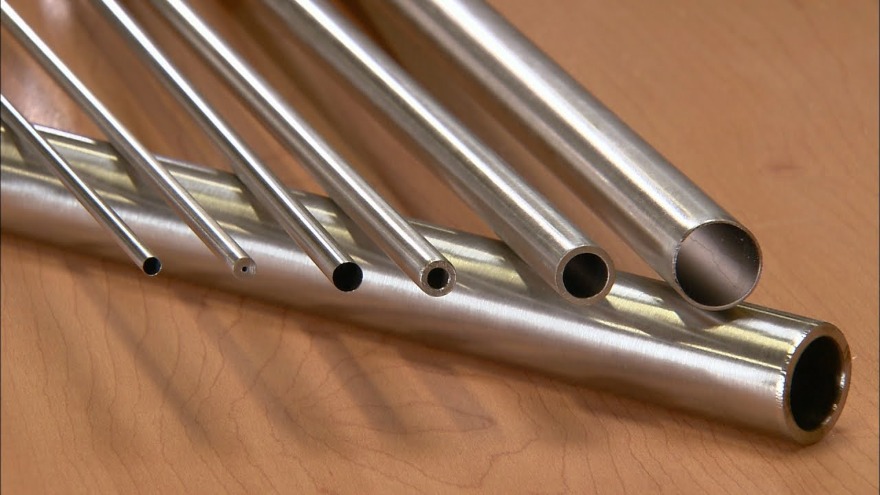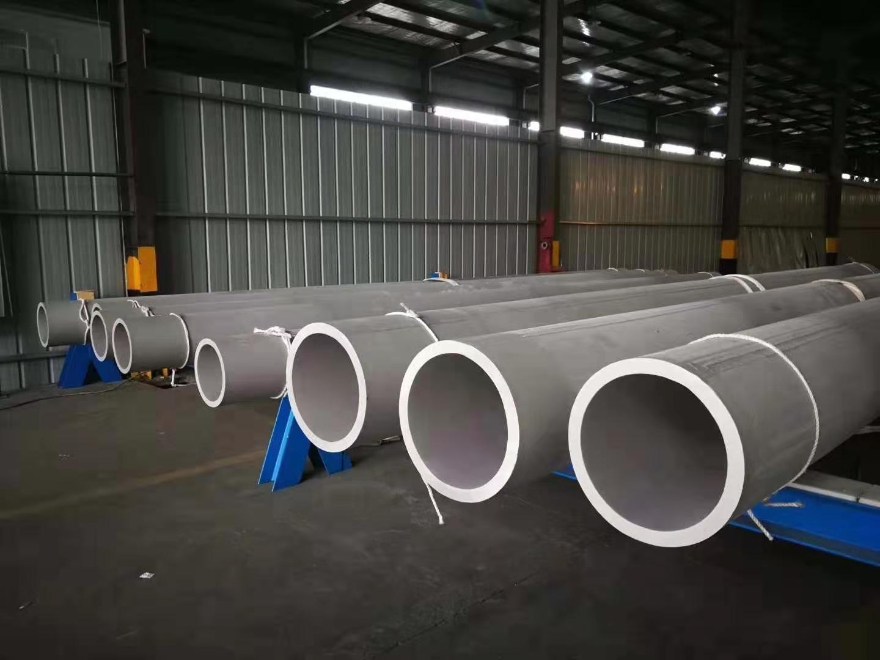
The ASTM A312 standard defines seamless and welded austenitic stainless steel tubes for use in high-temperature and corrosive environments. This article will introduce in detail the properties and differences of the two stainless steel tubes, TP316 and TP316L, as well as their widely used fields.
The corrosion resistance of TP316 and TP316L stainless steel tubes is a key factor in their popularity. This corrosion resistance makes both materials ideal for marine environments and the chemical industry.
These two materials can maintain good mechanical properties in high-temperature environments and also have good resistance to a variety of acidic environments. Their high tensile strength and compressive strength also provide protection in high-pressure environments.
The ease of processing and weldability of TP316 and TP316L provide great convenience during manufacturing and installation, thereby optimizing the time and cost efficiency of the entire project.

Although TP316 and TP316L are similar in many properties, they differ in carbon content, which affects how they perform in specific applications. The low carbon nature of TP316L gives it an advantage when welding as it reduces the risk of intergranular corrosion.

TP316 and TP316L stainless steel tubes are used in a wide range of applications, from marine engineering to the food processing industry to medical device manufacturing, and their high corrosion resistance and high-temperature resistance make them ideal for these fields.
More Knowledge About Stainless Steel
Introduction to stainless steel decorative plates